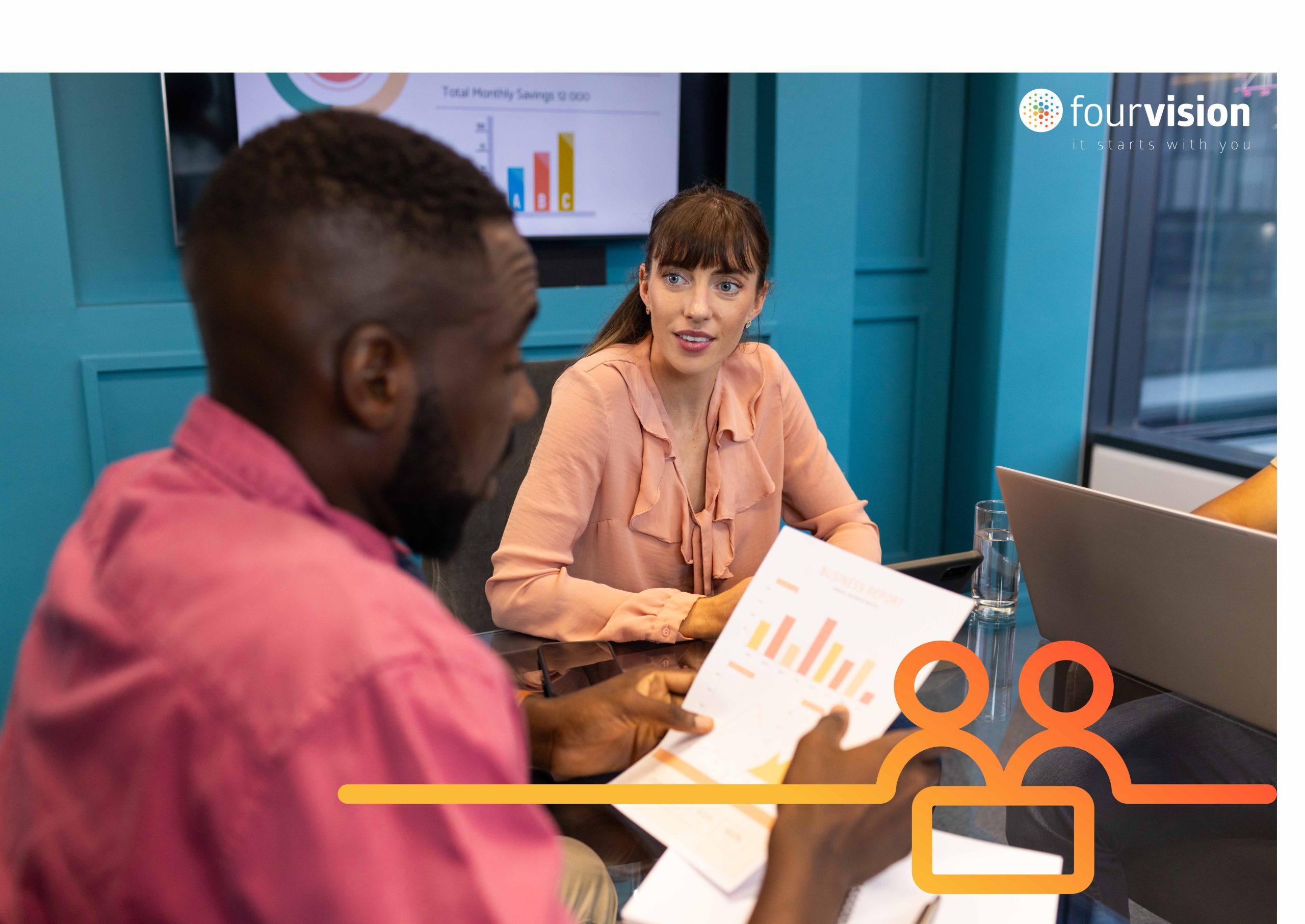Let’s be honest, there’s a question on everyone’s mind these days: will AI eventually take over my job? You’re not wrong to wonder. AI has been growing at lightning speed and is playing a bigger role in our lives every day. From predictive analytics to automated scheduling, technology is transforming how we work.
But here’s the truth: while AI can crunch numbers and forecast trends, it can’t replace what makes us human: empathy, ethical judgement, and the ability to see beyond the data. Workforce planning isn’t just about filling shifts or meeting compliance. It’s about creating workplaces where people thrive, not just survive. And that requires a balance: data for precision, empathy for humanity.
Why Workforce Planning needs more than numbers
AI can forecast demand, optimise schedules, and even predict turnover risks. Impressive? Absolutely. But here’s the catch: workforce planning isn’t just about numbers, it’s about people. Behind every data point is a person with ambitions, limitations, and a life outside work.
When planning focuses only on headcount and budgets, we risk creating a system that looks efficient but feels inhumane. Employees become “resources” instead of individuals. That’s when engagement drops, burnout rises, and trust erodes.
Human-centred planning changes the conversation. It asks questions like “How do we protect wellbeing while meeting business goals?””, “Can flexibility be built into schedules without hurting productivity?” and “How do we map skills for growth, not just for gaps?”.
These questions go beyond compliance. They touch on culture, ethics, and the future of work.
The human factor: Wellbeing, Flexibility, and Growth
Numbers can tell you how many people you need on a shift, but they can’t tell you how those people feel. They don’t reveal what shifts they prefer, or who is exhausted after a week of late nights, who is juggling childcare, or who is eager for a new challenge. That’s why human-centred workforce planning goes beyond operational efficiency, it focuses on creating conditions where people thrive.
Wellbeing
Employee wellbeing isn’t just a buzzword; it’s a business imperative. Overworked teams lead to burnout, absenteeism, and disengagement. Planning with wellbeing in mind means avoiding schedules that push people to their limits and building in recovery time.
Flexibility
Rigid schedules belong to the past. Today’s workforce expects flexibility – whether that’s hybrid work, adaptable shifts, or job-sharing arrangements. When planning accounts for flexibility, it signals trust and respect, which in turn boosts loyalty and productivity.
Growth
Workforce planning isn’t only about filling gaps; it’s about mapping skills for the future. Employees want to see a path forward. By aligning planning with talent development, organisations can close skill gaps while supporting individual aspirations.
Human factors aren’t “soft” extras, they’re strategic levers. Understanding your people goes beyond schedules and skills, it’s about knowing their preferences and motivations. Workforce planning is, in many ways, a negotiation: balancing organisational needs with individual expectations. When employees feel heard and understood, they’re more likely to engage, collaborate, and go the extra mile. That sense of trust is what turns planning into partnership.
AI can’t replace empathy
Artificial intelligence is changing how we plan workforces, but it has limits. Algorithms can process data and follow rules, yet they cannot understand people. They don’t recognise fatigue after a tough week or the stress of balancing work and family.
They don’t ask:
- “Is this fair?”
- “Will this decision build trust?”
- “How will this impact wellbeing?”
Empathy, cultural awareness, and ethical judgement are uniquely human qualities. These are what turn schedules into strategies and workplaces into communities. AI should support decision-making, not replace it. When data and empathy work together, planning becomes both precise and humane.
Tools that combine data and human insight
Technology should empower people, not replace them. The right tools make workforce planning smarter, faster, and more human by giving decision-makers the insights they need without losing sight of individual needs.
Microsoft Dynamics 365
Dynamics 365 offers powerful dashboards for scenario planning. It helps HR teams visualise staffing needs, forecast demand, and model different outcomes – all in real time. These insights allow planners to make informed decisions while leaving room for human judgement and flexibility.
Advanced HRM (A-HRM)
And this is where Advanced HRM steps in. It not only integrates seamlessly with Microsoft Dynamics 365, it can also be used as a stand alone solution. A-HRM brings a human-centered planning philosophy to any organization, regardless of their existing HR system.
It’s designed to:
- Map skills and growth paths, so employees see a future within your organisation.
- Integrate wellbeing and flexibility into planning, ensuring schedules support work-life balance.
- Provide actionable insights, not just raw data – helping HR teams make decisions that respect both compliance and compassion.
Together, these tools create a planning ecosystem where data informs decisions, but empathy shapes them. They don’t just optimise operations – they build trust, engagement, and resilience.
Conclusion
Workforce planning is no longer just about filling shifts or meeting compliance, it’s about creating workplaces where people thrive. Data gives us clarity, but empathy gives us direction. When we combine the precision of analytics with the understanding of human needs, we build organisations that are not only efficient but also ethical and resilient.
AI and automation can inform decisions, but they cannot replace the human touch. Empathy, fairness, and trust are what turn planning into partnership. By embedding wellbeing, flexibility, and growth into your strategy, and using tools like Microsoft Dynamics 365 and our A-HRM solution, you can achieve that balance.
Because at the end of the day, workforce planning isn’t just about numbers. It’s about people. And when people feel valued, businesses succeed.




